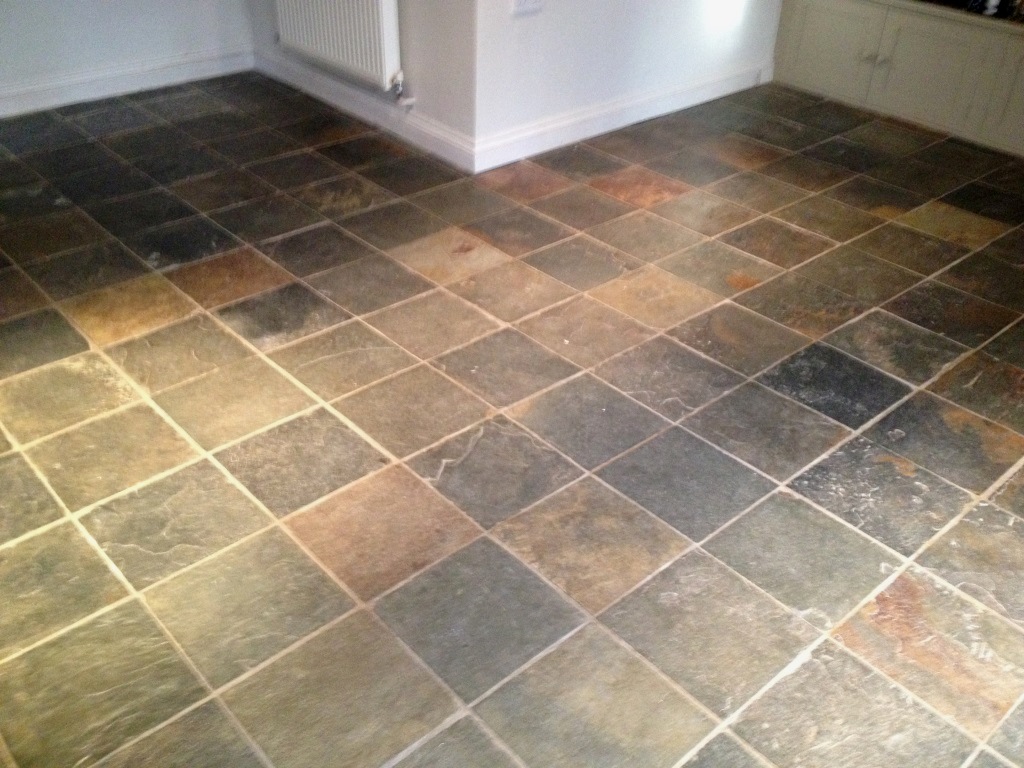Environmentally conscious builders and DIY enthusiasts are using rubber floor tiles in home and commercial gyms, kitchens and other applications where non-slip, durable performance are motivating factors. In determining whether your next project might include rubber interlocking tiles, consider the following pros and cons.
Benefits of Rubber Tiles
- Installation is easy. You'll be able to place the interlocking tiles in a number of positions, by hand or with use of a rubber mallet and very little force.
- Manufacturers fabricate tiles that are almost seamless for a stunning visual effect.
- Rubber tiles can be installed over most flat surfaces with very little sub-floor preparation, are very easy to keep clean and work well inside or outdoors.
- Noise suppression is inherent with rubber flooring, so you won't have to add the expense of sound dampening materials.
- Thick rubber will also provide shock absorption and anti-fatigue properties.
Drawbacks of Rubber Tiles
- When new, rubber can have a distinct odor. However, the smell will dissipate with time.
- Color matching can be tough with re-orders. Order extra tiles with your initial purchase to accommodate for damaged pieces or repairs.
- Water seeping under tiles can sometimes cause mildew and odors. Ensure your flooring will have appropriate drainage, especially if outside.
Many rubber floor tiles are made from 100 percent recycled materials. Using them is a great way to build amazing floors with an eye on being environmentally aware.
Source: www.DoItYourself.com

